|
The images for this deck are oil paintings. There is a depth and richness to oil painting that is hard to capture in other mediums. It is also really hard to find an oil painter willing to do a deck because oil painting is incredibly time consuming. When I heard about this one, I couldn't wait to get my hands on it.
In addition to the images being just flat out cool, the deck itself is far more than I expected. Most English speaking tarot buyers want a companion book that explains all the symbols and what the designer and/or artist intended the images to mean. European tarot buyers seem content to view the cards as they view art...largely without explanation but relying on their own interpretation. This deck's little booklet does not explain the symbols in this deck but instead provides a really interesting argument for NOT knowing that the designer intended. "From the beginning, the tarot was meant to be a language of symbols. We we read words, we access a part of our brains that is orderly, logical, methodical.... Tarot works the other way round. Rather than reading words on a page, we read images on cards, and what we read there opens a different door to our psyche--a mystical door.... The Mystical Tarot puts traditional tarot imagery through a byzantine filter, twists and turns it, adding layers of opulence and illusion. Experienced tarot readers are challenged to look again at the cards they know well. Beginners are offered a feast for the eyes and the imagination to start their journey." Because I am having so much fun finding cool connections in this deck, I thought I'd share at least one. If you find anything interesting, let me know! Numbers, Geometry, Thrones, and Interesting Groupings I've seen the Empress, Emperor, and Hierophant grouped together. Most interestingly and creatively in the Initiatory Tarot of the Golden Dawn (to learn more about this deck, click this link):
The Mystical Tarot, however, groups the High Priestess, the Empress, the Emperor, and the Hierophant. This group has several possible subgroups:
The two feminine cards The two masculine cards The two spiritual leaders (High Priestess and Hierophant) The two secular leaders (Empress and Emperor) The thing that brought this to my attention (as mentioned, there is no discussion of symbols in the booklet) were the triangle on top of the Empress's throne. She is numbered III and a triangle has three sides. The Emperor's throne has a square and he is numbered IV. The High Priestess sits between two pillars and is numbered II. The Hierophant's throne (if you include him) features five eyes and he is numbered V. The High Priestess has a moon at the top of her throne which contrasts interestingly with the eye atop the Hierophant's. The moon reminds me of internal reflection and hidden things while the eye externally focused and about things that can be seen. The two spiritual leaders gaze straight ahead and slightly down (toward their tasks at hand: reading and teaching). They also both have oceans and mountains behind them. The two secular leaders are not looking straight on. The have more cultivated landscapes behind them. I find these kinds of connections within a deck really satisfying. If there is interest, I might post more of the interesting treasures I've found in this deck. Let me know what you think.
May your mind always have something interesting to nourish it.
May your soul always have something beautiful to sustain it. May your spirit always have something amazing to inspire it.
4 Comments
|
Categories
All
Archives
September 2023
|

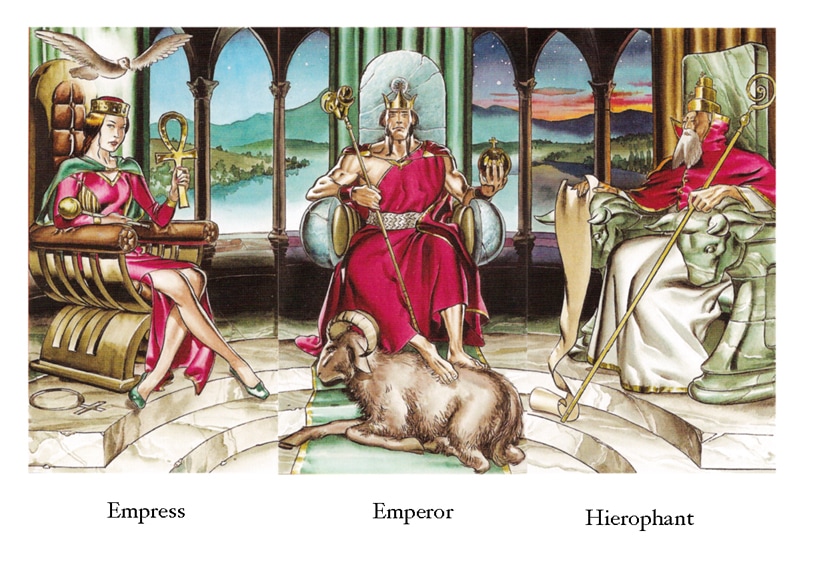
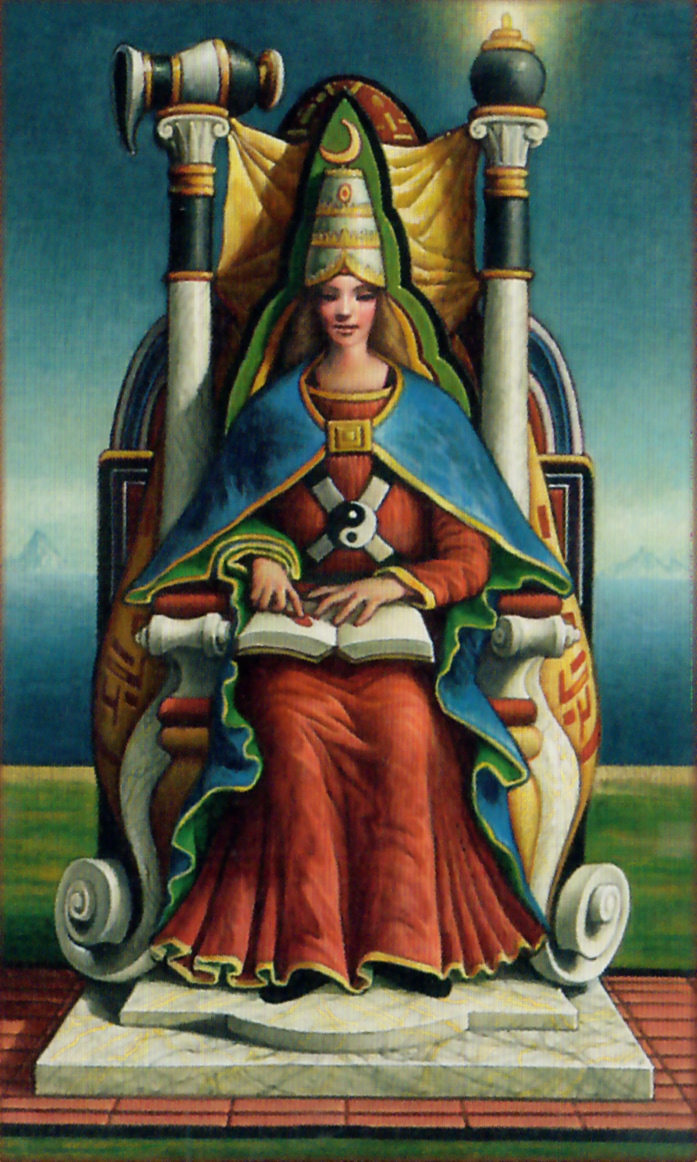
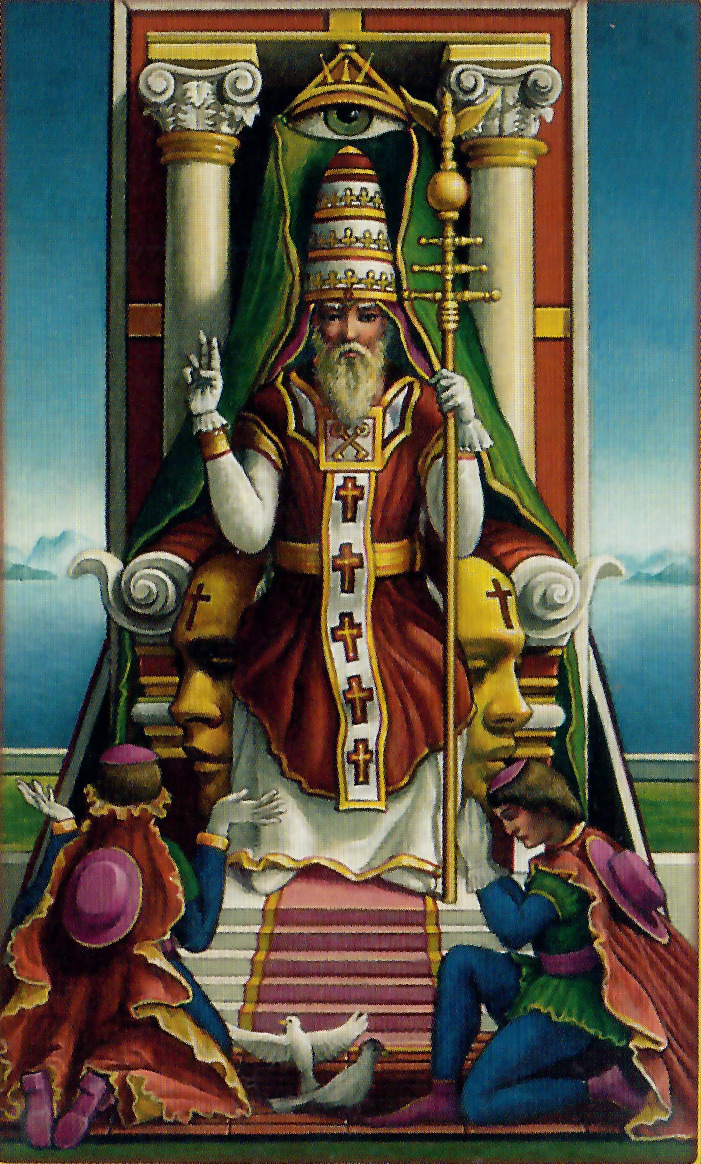
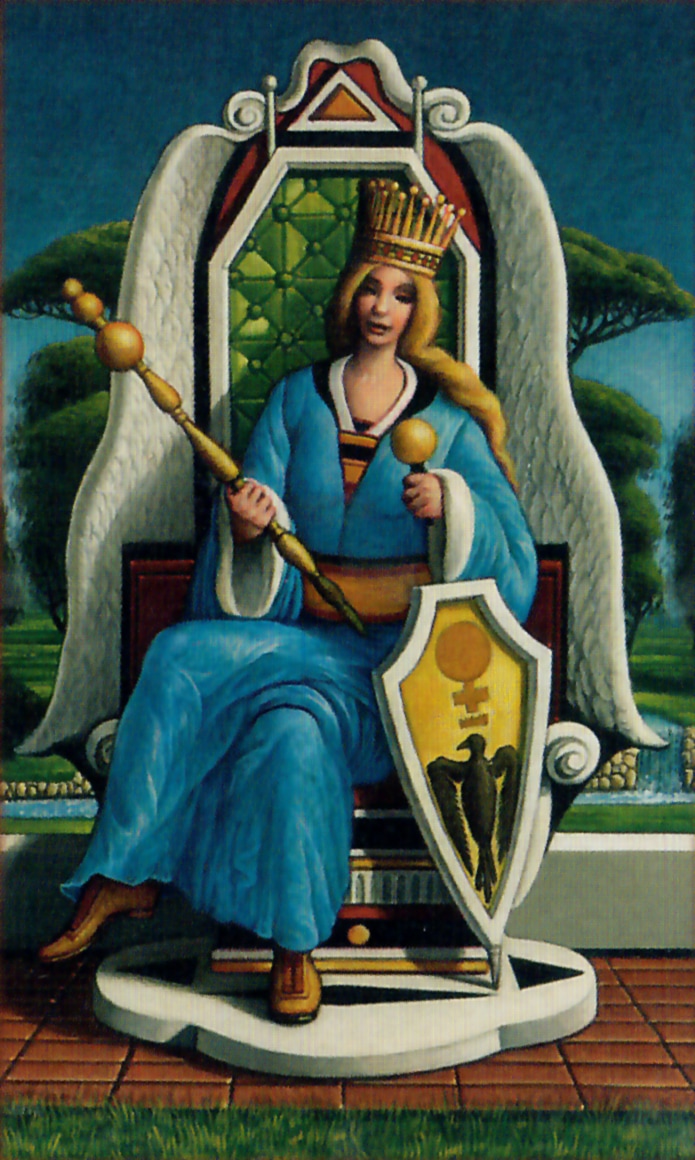
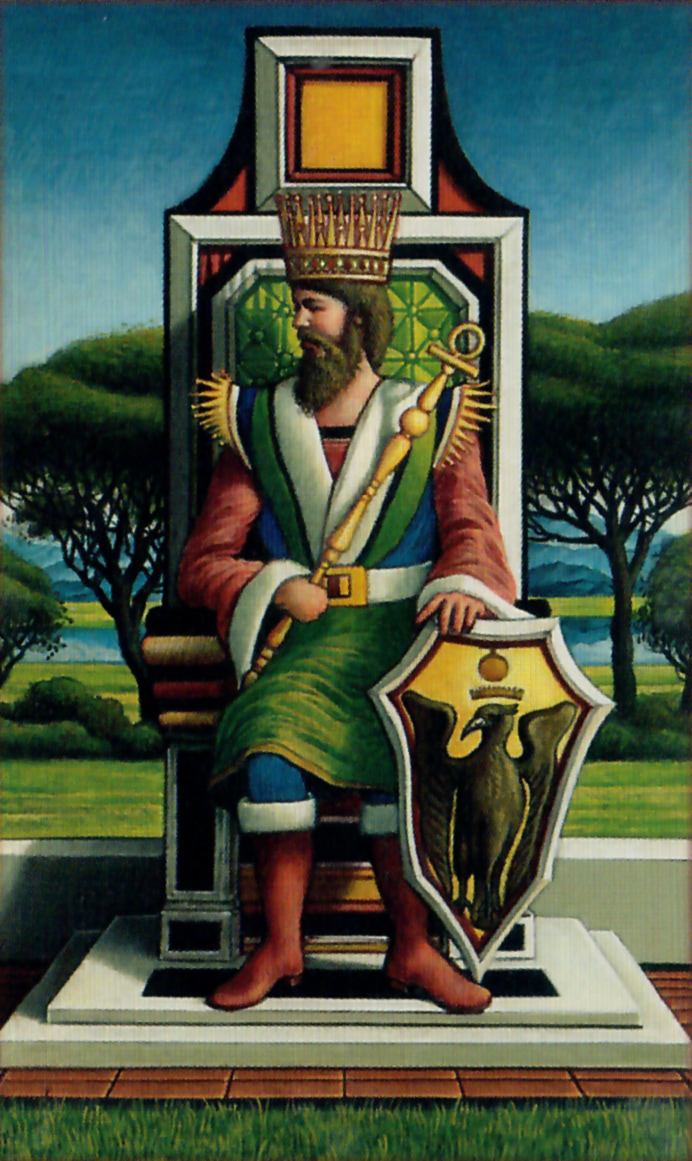
 RSS Feed
RSS Feed